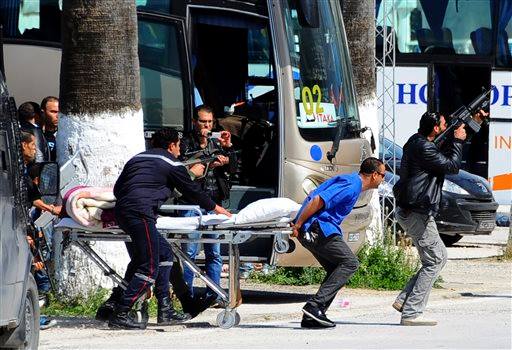What is TECC?
What is TECC?
For those not familiar with the term Tactical Emergency Casualty Care (TECC), here is a quick description. TECC was developed to bring the TCCC (Tactical Combat Casualty Care) level of care and training to civilian first responders. Here’s a direct quote from their website:
“The Committee for Tactical Emergency Casualty Care (C-TECC) was convened to speed the transition of military medical lessons learned from the battlefield to civilian medical response to high risk situations.”
The factors specific to the military in TCCC that didn’t translate to the civilian sector are removed or altered in order to be more practical to the civilian responder outside of a war zone. On the flip side there are factors the military doesn’t have to account for such as liability, a diverse patient population (including pediatrics and bariatrics) and training of personnel. The Committee for Tactical Emergency Casualty Care (C-TECC) was formed to address these issues and filter the TCCC guidelines for civilian use.

Protective Medical Response Training Course $195
- American Red Cross Adult & Pediatric CPR, AED & First Aid Certification
- Emergency Response Readiness & Equipment Selection Discussion
- TCCC/TECC – Point of Wounding Care
- Traumatic Injury Care – The Most Common Causes of Preventable Death
- Emergency Response & Evacuation in Protective Operations
Updates from the SOMA Convention
Special Operations Medical Association convention laid out some proposed and pending changes to the TCCC and TECC guidelines.
1. There was reemphasis on checking for proper tourniquet placement. This year was the first case of an improperly placed tourniquet leading to loss of an extremity overseas. While there were numerous other mitigating factors in this incident, the need for reassessment during extended field care is critical.
A. In an extended field care setting, there are mandatory two hour tourniquet checks.
B. It’s recommended that the tourniquet be placed “high and tight” if unable to see the source of bleeding and then reassess the placement when possible.
2. There are two hemostatics that are now approved for use. Celox Gauze and ChitoGauze were added to the guidelines.
A. “Use Combat Gauze as the CoTCCC hemostatic dressing of choice. Celox Gauze and ChitoGauze may also be used if Combat Gauze is not available. Hemostatic dressings should be applied with at least 3 minutes of direct pressure.”
3. There are new fluid resuscitation protocols, however these are outside the scope of practice for most first responders, so I will omit them.
